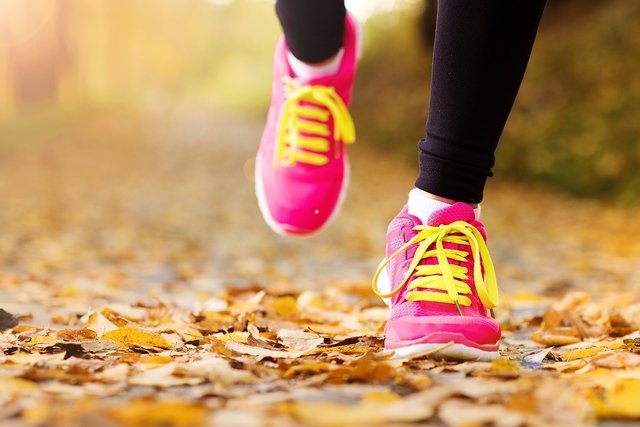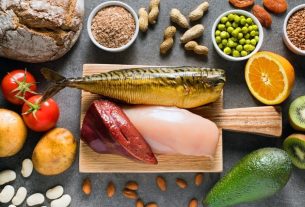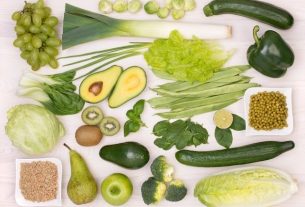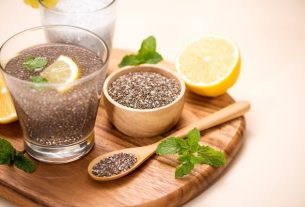During long walks you need to pay attention to your diet and hydration so that your body has energy and recovers the muscle mass used throughout the day. On pilgrimages, it is common for people to walk 20 to 35 km per day, which requires physical preparation and a balanced diet to maintain the pace.
It is common for weight loss and fainting to occur during the walking period due to tiredness and dehydration, especially when the route is done in hot climates or when there are lack of support points along the way.
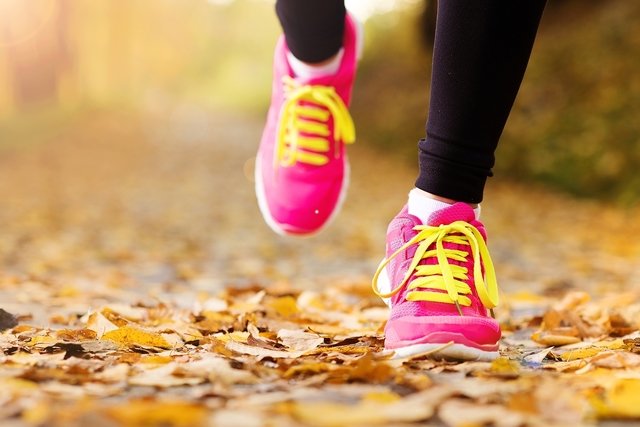
See below what you should eat during long walks:
1. Before the walk
Approximately 3 to 4 days before starting the walk, you should increase your intake of foods rich in carbohydrates, which will increase the energy reserves located in the liver and muscle mass. Therefore, carbohydrates must be included in every meal, and are mainly represented by foods such as rice, bread, pasta, tapioca, couscous, farofa, juices, fruits, potatoes and sweet potatoes.
The consumption of proteins and fats must be maintained within the natural pattern, consuming foods such as olive oil, meat, chicken or fish for lunch and dinner, and eggs, cheese, nuts and milk for snacks and breakfast.
2. During the walk
As calorie consumption is very high during walking due to the great physical effort, it is necessary to consume easily digestible foods rich in carbohydrates and energy throughout the day. For this phase, it is advisable to use fruits, fruit juices, sweets such as rapadura, marmalade, semi-sweet chocolate and energy drinks. In addition, you can also consume nuts, peanuts and cereal bars.
In addition, it is also necessary to pay attention to protein consumption, which will both provide energy for exercise and recover muscle mass that will be worn down along the way. Therefore, breakfast should be rich in foods such as eggs, cheese and milk, and during lunch it is necessary to have a more complete meal, preferring lean meats and just a small amount of salad, to allow for faster and more adequate digestion. Learn more about foods rich in protein.
3. After the walk
At the end of the day’s walk, it is important to drink plenty of water and liquids rich in carbohydrates to help with rehydration, such as juices and smoothies. Immediately after the end of physical effort, you should consume a protein cereal bar or a protein supplement to begin the muscle recovery process. Another option is to have a snack with good protein sources, such as a chicken and cheese sandwich, before dinner.
Then, dinner should be rich in carbohydrates to replenish the energy stores of muscle mass, and should contain foods such as rice, pasta, potatoes or farofa, for example. In addition, a new source of protein must be ingested, preferably chicken, lean meat or fish.

How to stay hydrated
The best way to stay hydrated is to watch for signs of thirst and always carry water, juices or isotonic drinks in your backpack. It is recommended that men consume at least 2 liters of water per day, while women should consume at least 1.5 liters.
To avoid nausea and discomfort due to excess liquid in the stomach, you should drink small amounts of water at intervals of at least 20 minutes. A good tip is to drink 3 to 4 glasses of water at least 4 hours before starting the walk, so you can start the journey well hydrated.
Use of supplements
In addition to natural foods, carbohydrate supplements can also be used in the form of gels or cereal bars rich in proteins and carbohydrates, as they are easy options to carry in your backpack and use at any time of the day.
In some cases, the hiker may also use powdered nutritional supplements that contain both carbohydrates and proteins, as they are easily diluted in water to be consumed during the route.
Another option is to make your own homemade isotonic drink, as shown in the following video:

Sign up for our newsletter and stay up to date with exclusive news
that can transform your routine!
Warning: Undefined array key "title" in /home/storelat/public_html/wp-content/plugins/link-whisper-premium/templates/frontend/related-posts.php on line 12
Warning: Undefined array key "title_tag" in /home/storelat/public_html/wp-content/plugins/link-whisper-premium/templates/frontend/related-posts.php on line 13

